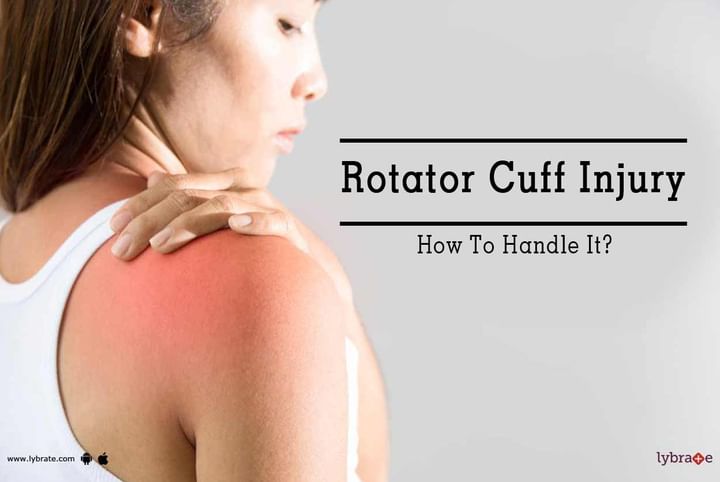Rotator Cuff Injury - How To Handle It?
You must have often heard about sports person, especially those associated with tennis or baseball (that involves continuous arm movement) suffer from rotator cuff injury. But what exactly is this injury? To understand the condition better, you need to know what is a rotator cuff. A rotator cuff is a group of tendons and muscles that keep the shoulder joints stable enabling a person to rotate or lift their shoulders freely.
With time, certain activities may cause a wear and tear of the rotator cuff injuring them. The injury sustained can result from a partial or a complete tear.
A partial tear of the rotator cuff may damage the tendons, but it will remain attached to the bones. However, in the case of a complete tear, the injury is more severe that penetrates deep within detaching the tendons off the bone (humerus).
Who can suffer from a Rotator Cuff Injury?
While the condition can affect anyone, people under the following situations stand a greater chance of injuring their rotator cuff.
- People in their old age may suffer from the Rotator Cuff injury as with age the tendons and muscles may undergo a degeneration.
- The injury may also be genetically linked.
- The problem is found to be common among tennis and baseball players.
- Painters, as well as carpenters who need to move their arms and shoulders continuously in a particular direction, stand at a risk of injuring the rotator cuff.
Symptoms associated with a Rotator Cuff Injury
People with a Rotator Cuff Injury may exhibit the following symptoms and associated discomfort.
- The rotator cuff ensures the free and comfortable rotation of the arm and the shoulder. An injury will limit this rotation. As a result, a person may experience great difficulty and pain in lifting and moving the arm.
- Lying on the affected shoulder can be a painful experience.
- There is instability of the shoulder joints followed by weakness.
- A person finds it difficult to carry out the basic activities such as bringing a glass of water close to the mouth or combing the hair.
Treatment
- Anti-inflammatory drugs and painkillers (Acetaminophen) may be used to reduce the pain and swelling associated with the injury.
- Physiotherapy and various strengthening exercise can go a long way to deal with shoulder weakness, stiffness, and restricted movement. However, one needs to have patience as the treatment may take time to produce the desired results.
- In extreme cases, the doctor may opt for surgery.
- Arthroscopic surgery: The procedure is simple and involves a small incision on the affected shoulder to place an arthroscope (that comes fitted with a camera and the surgical instruments) to treat the condition.
- The doctor may also carry out an open surgery or a mini-open surgery (an amalgamation of open and arthroscopic surgery) to fix the tear.



+1.svg)
